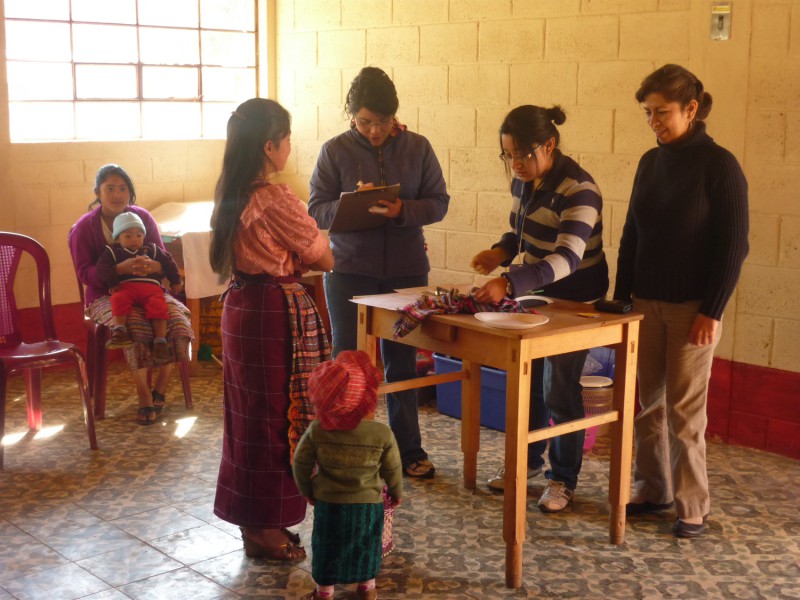
On one of her first field missions working alone, nutrition scientist Mónica Orozco ran into a problem that forced her to improvise. She had planned to visit a rural, Maya village called Magdalena Milpas Atlas where she had contacts who would help organize local people to test just-developed condiments loaded with minerals and vitamins. The village is so remote it’s only accessible by rocky, unpaved roads, so she arranged for someone with a pickup truck to drive her there from the nearby town of San Miguel Milpas Atlas. But when she arrived, the driver didn’t show up.
Unable to get to the village in her sedan, she needed to find a different Maya population for the taste test. In San Miguel, a collection of cement buildings and adobe houses, the residents were Maya, but she had no local contacts to help her gather participants and set up her analysis work.
So Orozco approached women who were walking by and knocked on the doors of complete strangers until she had a small crowd of people by the road. Then she organized the condiments, some water, and documents for note-taking in her car trunk, converting it into a panel for the condiment taste test. “I had to do acceptability trials in the back of my car”, she recalled, “with my participants testing the different samples standing on the side of the street.” By the end, she had gathered the data she needed.
Such is the life of the researchers fighting Guatemala’s deep-seated malnutrition problem, who sometimes must conduct scientific trials and even blood tests from the backs of vehicles, the tops of picnic tables, and peoples’ back yards.
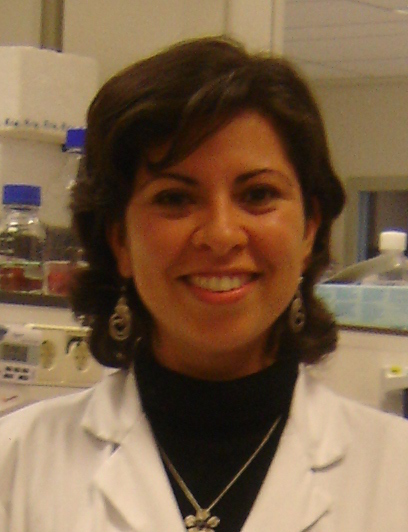
Last year, Orozco won the TWAS Prize for Young Scientists in Developing Countries for her nutrition research work in Guatemala. Since 1986, TWAS has partnered with national organizations to recognize scientists under the age of 40 whose work is already making an impact. TWAS also provides USD2,000, while national organizations – in this case Academia de Ciencias Médicas, Físicas y Naturales de Guatemala – select the recipients. So far, 501 scientists have received the prize. Orozco, who is 38, is the 10th recipient from Guatemala, and the second recipient from The Centre for Studies of Sensory Impairment, Aging and Metabolism (CeSSIAM), a non-governmental, non-profit organization dedicated to nutrition research and education in Guatemala. Gabriela Montenegro Bethancourt was the first CeSSIAM scientist to win the prize in 2010.
Orozco said the recognition from the prize helped her receive a promotion to director of the Centre for the Studies of Lake Atitlán, an external campus of the Universidad del Valle de Guatemala, where she is a chemistry and nutrition professor. “The Prize came in at a crucial point because I was in great need of a change in my professional life”, she said.
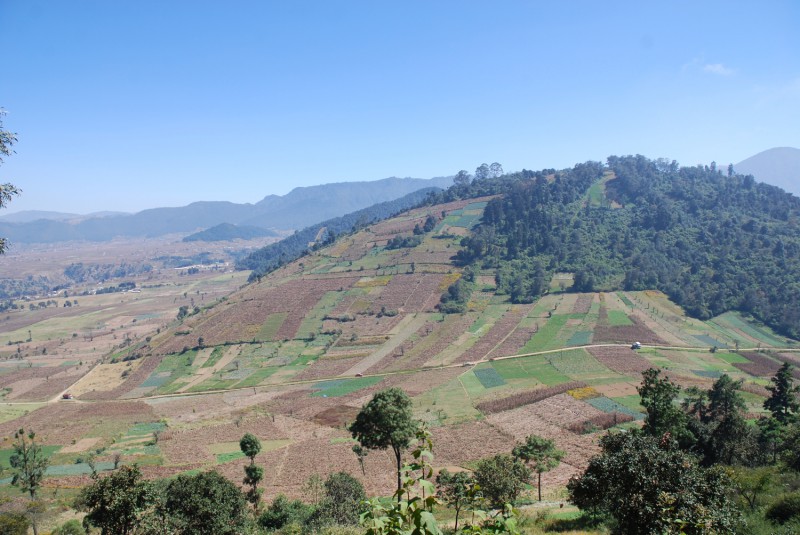
Guatemala has one of the highest chronic malnutrition rates in the world, and the worst nutrition ranking in all of Latin America, particularly for women and children. According to the US Global Health Initiative, the maternal death rates in rural Guatemala, where malnourished mothers rely on midwives to deliver their babies, are also high: up to five times higher in some areas than in Guatemala City.
One way to help fix the problem is by supplying food that is either fortified, with extra nutrients added directly into the recipe, or biofortified, using crops bred or engineered to increase their nutritional value. The Guatemalan government regularly delivers fortified foods to its people. Corn flour, for example, is used by rural populations for tortillas, and researchers can mix essential vitamins and minerals that are absent from local peoples’ normal diets – iron, zinc, vitamin D, B vitamins – into corn flour. Fortified corn flour is a focal point of Orozco’s current research.
Corn flour used for tortillas can serve as a way to administer missing nutrients to rural populations.
But studying malnutrition and whether efforts to control it are working can be exceptionally difficult. Many of the communities that scientists and aid workers want to help only have dirt roads, lack basic services such as sewers, and don’t even have a local elementary school. Often the communities visited by nutrition scientists even lack a clinic, and the only way they can get data is to set camp. “All you’ll have is a family’s backyard, and you have a picnic table, and you have to figure out how to get those blood samples”, Orozco said.
“We’re used to it and we know what to expect”, said Orozco. “In the best cases, you’ll find a house, a field, a yard, a health centre or a community auditorium to work in. But that doesn’t always happen.”
For women, by women
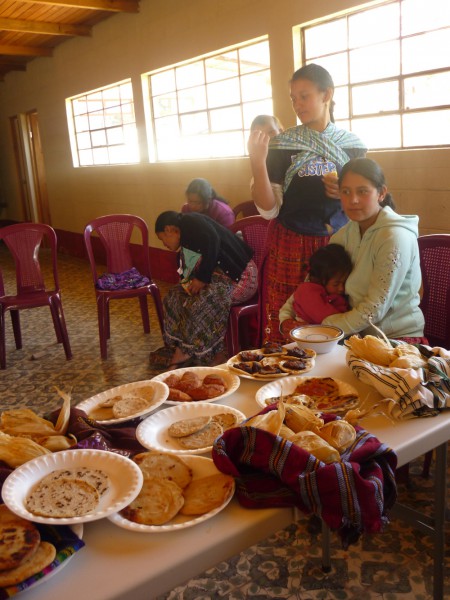 Orozco started her biology career in a forensics lab, collecting and analysing evidence from crime scenes. But it was stressful to regularly see scenes of horrid violence. “It’s very harsh because you see the most horrible things you can imagine.”
Orozco started her biology career in a forensics lab, collecting and analysing evidence from crime scenes. But it was stressful to regularly see scenes of horrid violence. “It’s very harsh because you see the most horrible things you can imagine.”
She decided to pursue her master’s degree and a research career instead. She began her nutrition work at CeSSIAM, working to create and test fortified foods such as condiments and corn flour. She grew passionate about it, she recalled, because in addition to lab work, she was able to interact with people in the rural villages of Guatemala.
CeSSIAM’s focus hasn’t always been nutrition. At its founding in 1985, the organization studied the biology of ageing in a developing country where few grow old. Its founders were largely drawn to Guatemala for the chance to conduct independent research, said CeSSIAM director and co-founder Noel Solomons.
CeSSIAM now only has female researchers on the staff, which is part of the “feminist objective”. For a long time, women couldn’t become doctors in Guatemala, Solomons recalled. But in the early Francisco Marroquín de Guatemala became the first Guatemalan medical school to open its doors to women and graduated its first combined male and female class in 1985. Even still, no Guatemalan hospitals would hire women as resident physicians, he said. By sheer coincidence, CeSSIAM was founded that same year. “We harvested the best and the brightest of that first class and that’s how we started off with some very upstanding women.”
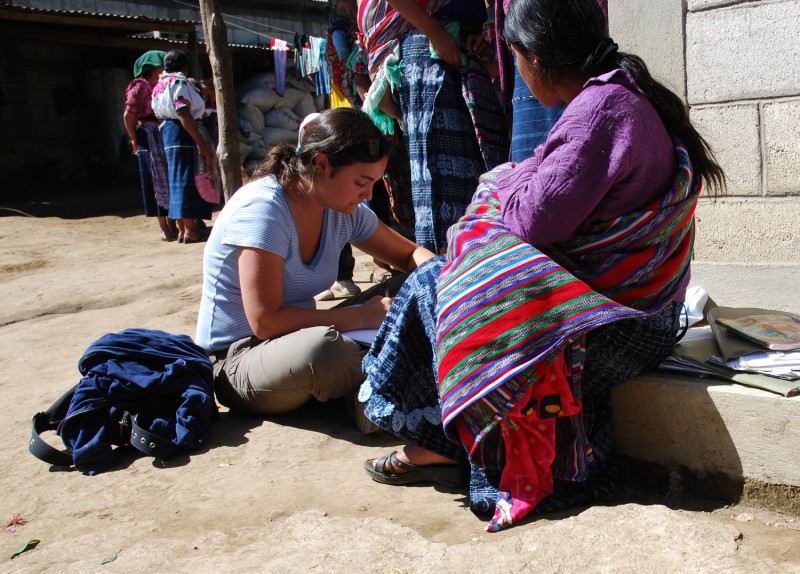 Among their early recruits were Carmen Castañeda Sceppa, now an exercise science professor at Northeastern University in the Boston, Mass., and Carolina Barillas-Mury, who now leads the Mosquito Immunity and Vector Competence Section at the US National Institutes of Health Laboratory of Malaria and Vector Research.
Among their early recruits were Carmen Castañeda Sceppa, now an exercise science professor at Northeastern University in the Boston, Mass., and Carolina Barillas-Mury, who now leads the Mosquito Immunity and Vector Competence Section at the US National Institutes of Health Laboratory of Malaria and Vector Research.
CeSSIAM currently focuses on the nutritional problems faced by women and children in Guatemala, not only because pregnant mothers need more nutrients, but because children battle for growth in first six months when they should be exclusively consuming their mother’s milk. The situation is made worse because the patriarchal culture typically leads to men getting the most food at each family’s dinner table.
“The women are usually at the bottom of the pyramid”, Orozco said. So the researchers at CeSSIAM build relationships with community leaders the local women trust – typically midwives. “You can work with them directly.”
"You can't go to a community and just impose your vision and expect them to do whatever you tell them to. You have to empower them to create their own solutions."
Fortifying food, empowering communities
The Central American food manufacturer, DEMAGUSA, approached Orozco and her colleagues in 2011 to design a fortified flour for indigenous populations in the Guatemalan highlands. But while the team had data on how much flour the indigenous populations ate, that didn’t mean the rural people would willingly eat whatever fortified flour the researchers handed them.
“You can spend a lot of time designing the perfect formula, but if people don’t actually eat it – because they don’t like it, because it tastes funny, because when you make the tortilla it doesn’t work well – it’s useless”, Orozco said. “You can’t go to a community and just impose your vision and expect them to do whatever you tell them to. You have to empower them to create their own solutions.”
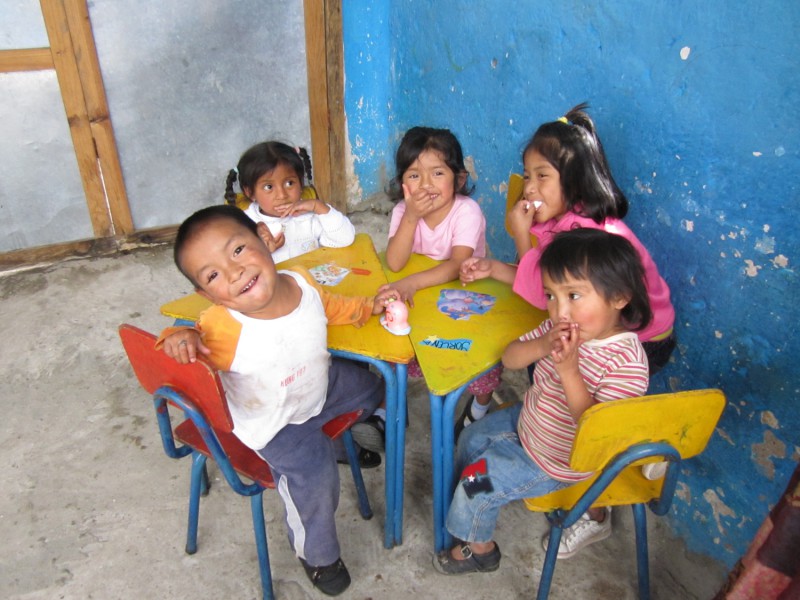 CeSSIAM did interviews with 150 highland women to hear their opinions of the fortified flour they created. They learned that, not only did the women think the homegrown corn was more nutritious than the fortified flour, but that some of them even look down on those who use it.
CeSSIAM did interviews with 150 highland women to hear their opinions of the fortified flour they created. They learned that, not only did the women think the homegrown corn was more nutritious than the fortified flour, but that some of them even look down on those who use it.
“When you make tortillas from the raw corn, you have to grow the corn, cut it down, get the grains, put them to dry. Then you have to go to the mill, mill it to prepare the dough”, Orozco said. “And then you make tortillas. That takes a lot of work. So there is a perception that women who use these flours are lazy and don’t want to do all that work.”
As it stands, Orozco is still planning to test the flour on a group of women breastfeeding their babies, to see how it affects the nutrients in the milk that help protect infants from diseases.
The other primary focus of Orozco’s work is on tracing the effects of iron supplements, a frequent treatment for anemic populations. While about 35% of women in Guatemala are anemic, the government is giving iron supplements to everyone whether they have an iron deficiency or not, said Orozco. Her current work in CeSSIAM is investigating what happens to those who are taking the supplement but don’t need it.
Foods that fit the local culture
What Orozco and her colleagues encounter in the field depends on how much aid the community has received in the past. While some communities are accustomed to food aid and already expect it, she said, many rural areas have never received food aid and are distrustful. The great challenge for nutritionists is to provide malnourished communities with the nutrients they need while convincing them they won’t lose their traditional view of the world.
Guatemala contains 22 different ethnic groups, each with their own language and traditions, and sometimes their approach to food and health is based on beliefs that, while detached from science, dictate their lives.
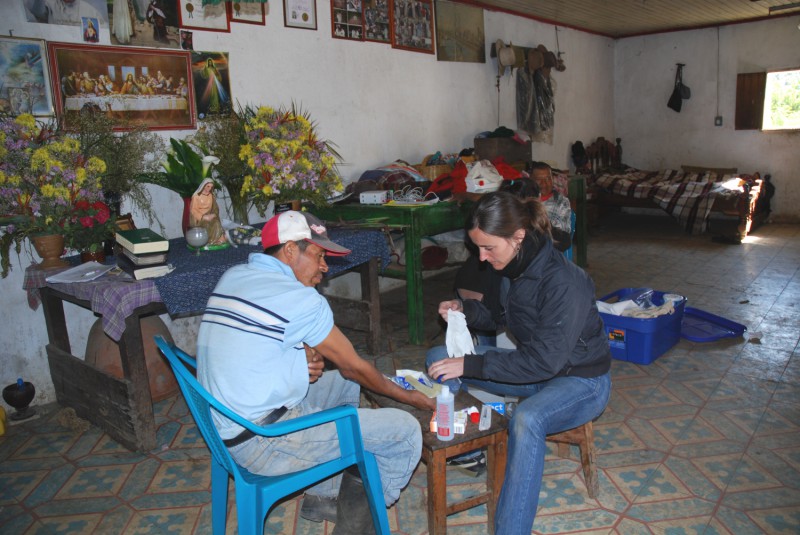 For example, the people of some Maya communities believe that disease is caused by a temperature imbalance. When you get sick, it’s because your body has slipped into being too ‘hot’ or ‘cold.’ They also believe different foods ‘heat’ or ‘cool’ the body, though that judgment has little to do with the literal temperature of the food. That criteria are instead passed down through the generations as folk wisdom: If you have a ‘hot’ disease like a fever, you cool down by eating ‘cold’ foods like black beans or fish. If you have a ‘cold’ disease like the chills, you might warm up with chili peppers.
For example, the people of some Maya communities believe that disease is caused by a temperature imbalance. When you get sick, it’s because your body has slipped into being too ‘hot’ or ‘cold.’ They also believe different foods ‘heat’ or ‘cool’ the body, though that judgment has little to do with the literal temperature of the food. That criteria are instead passed down through the generations as folk wisdom: If you have a ‘hot’ disease like a fever, you cool down by eating ‘cold’ foods like black beans or fish. If you have a ‘cold’ disease like the chills, you might warm up with chili peppers.
The problem for nutritionists emerges when this ingrained view of how the world works disrupts the diets of people they’re trying to help. But efforts to build a healthier Guatemala haven’t always taken these worldviews into account. “If you want food security, you have to use their terms”, Orozco said. “What works in Brazil or Venezuela isn’t going to work here.”
For example, Orozco noted, the Guatemalan earthquake in 1976 left 23,000 dead, thousands injured, and thousands more homeless. Several countries responded by sending food aid, including powdered milk, to the country’s western highlands. Then people used it to paint their houses white. Years later, foreign aid workers tried to introduce soybeans to Maya communities, but the people there had never seen a soybean plant, didn’t know how to prepare it, and didn’t care for the flavour. So they used the soybeans to feed their pigs and cows.
“The whole project was a failure”, she said, “because it wasn’t culturally acceptable.”
Urban problems
Most of Guatemala’s population is rural, setting the nation apart from most of Latin America. That distinction actually led to the urban populations of Guatemala being neglected by researchers and aid workers, Solomons recalled. “People had this notion of being like safari-helmeted they jumped out into the countryside where the picturesque people were”, he said, “and nobody had studied urban settings.”
Urban life among low-income Guatemalans also presents a unique set of problems. Nutrition researcher Gabriela Montenegro Bethancourt, CeSSIAM’s 2010 TWAS Young Scientist Prize winner and the 8th Guatemalan recipient, has studied the nutritional health of infants and their mothers in disadvantaged, urban settings in Guatemala.
It is important to breastfeed newborns for their first six months to build their immune systems.
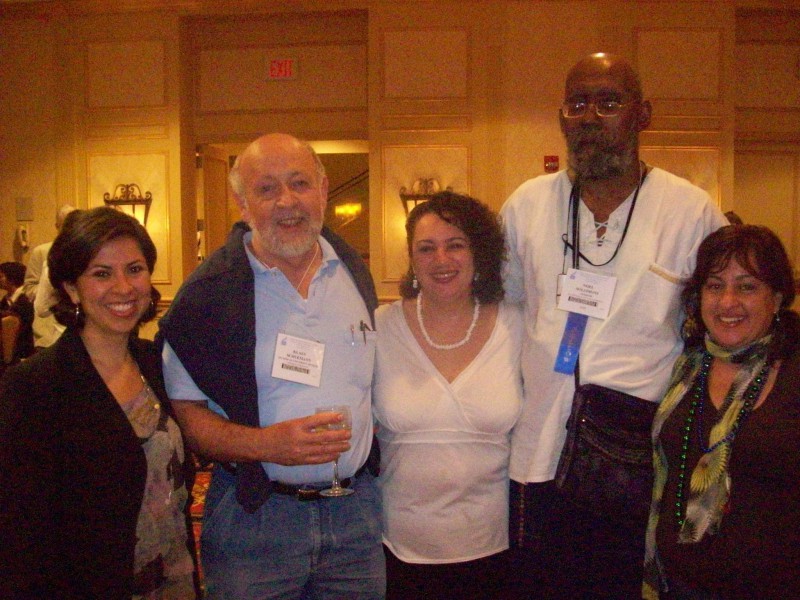 Part of Montenegro’s research has focused on encouraging breastfeeding by Guatemalan mothers. One study she conducted showed that while 85% of urban mothers breastfed their infants, they rarely ever breastfed them exclusively.
Part of Montenegro’s research has focused on encouraging breastfeeding by Guatemalan mothers. One study she conducted showed that while 85% of urban mothers breastfed their infants, they rarely ever breastfed them exclusively.
It is important to breastfeed newborns exclusively for their first six months because the practice can help shore up the child’s immune system against diseases, which is especially important in regions where sanitation is lax, Montenegro said. Mothers who give their infants the local water expose them to diseases instead. “If it’s not well-washed and disinfected,” she explained, “the child gets infected and gets diarrhea.”
She said doctors and health practitioners in Guatemala don’t always reinforce the scientific guidelines about exclusive breastfeeding and adequate feeding practices, and that’s part of the problem. The best they could do is try to reinforce their knowledge with public and person-to-person talks for mothers, Montenegro said. Guatemalan mothers in urban low-income communities also often start having children too young, and the only way to fix it is with educational programmes, said Montenegro. “The moms are interested in knowing. They ask you many things that you can answer. So I think it’s important that you educate people.”
Sean Treacy
This article was published in the TWAS Newsletter Vol. 25 No. 2

